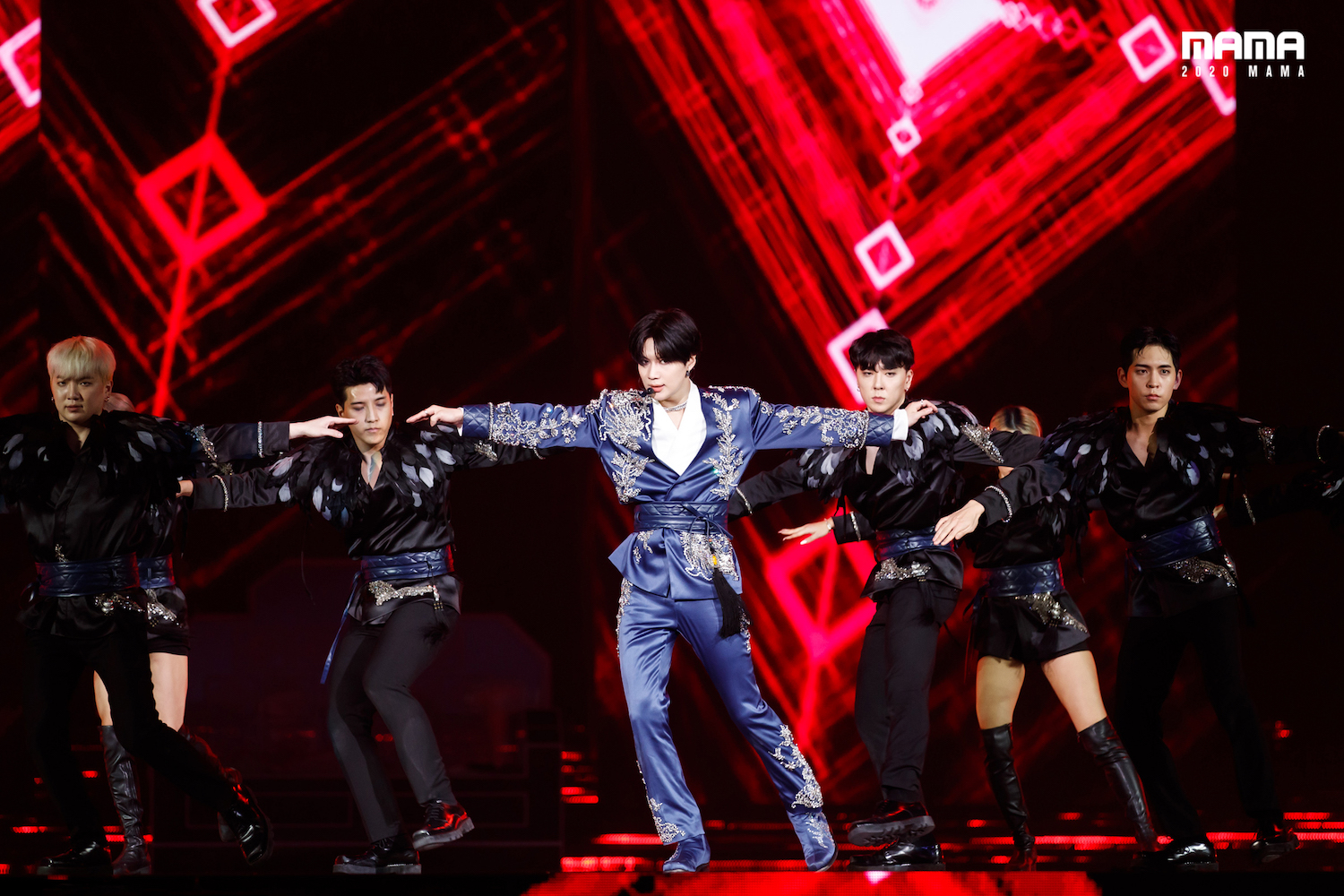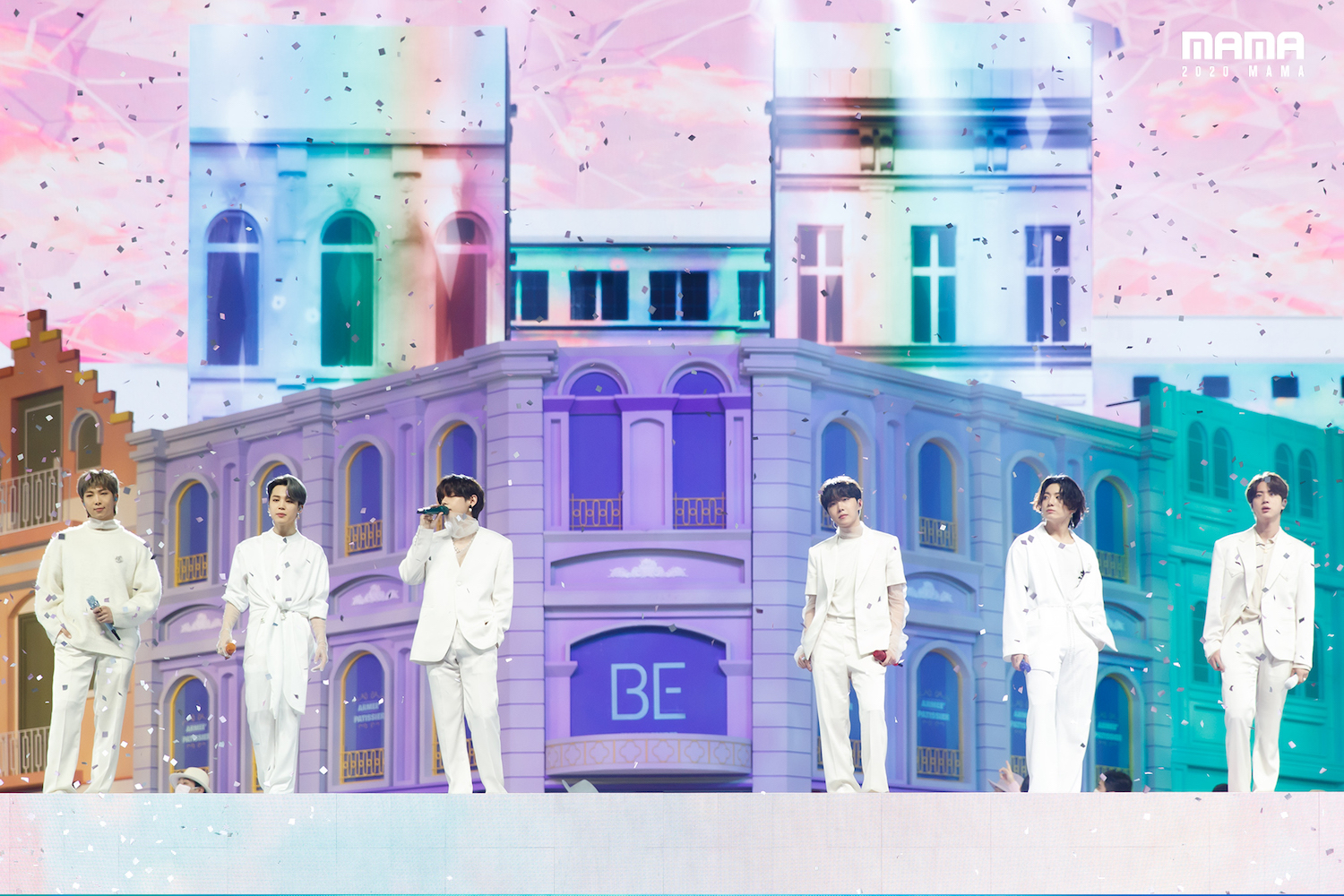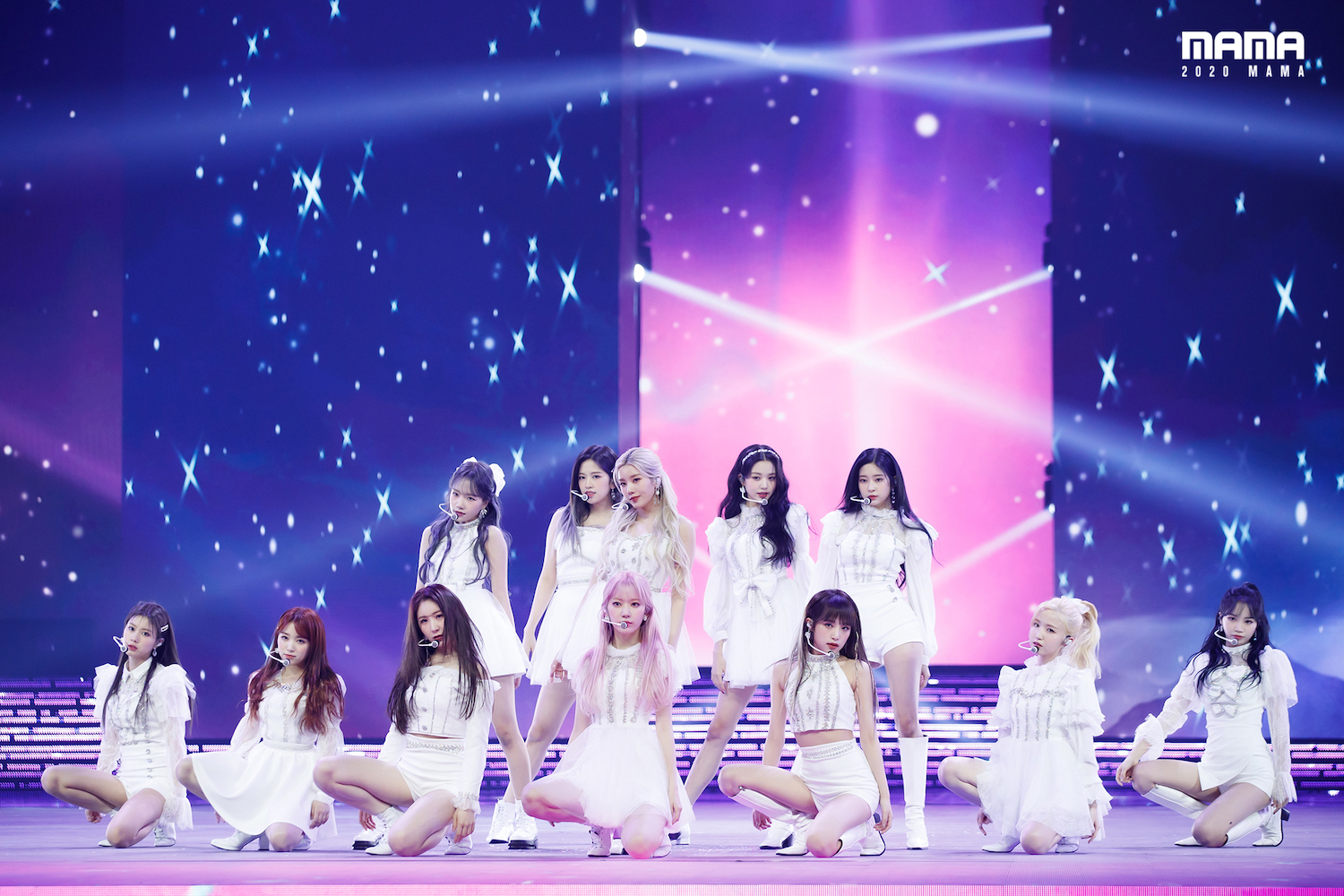“Our goal for 2020 MAMA was to take the technology to a whole other level,” Kim Min-Jeong, the technical manager for the 2020 Mnet Asian Music Awards (MAMA) show, told Digital Trends. As I watched the event and exclaimed “wow” several times at the incredible visuals produced, it’s fair to say the team succeeded.
If you haven’t heard of the Mnet Asian Music Awards show, it has been running annually (under different names) since 1999, and is a showcase for the best K-pop music of the year, with awards in categories including artist of the year, song of the year, best male group, best female group, and best music video.
The coronavirus pandemic forced the usually in-person live event to take place online this year, and the team wanted to improve on the already impressive technology used to put the KCON:TACT music festival online during the summer, and to make the event even more spectacular. Kim explained in more detail about the efforts involved.
Not the first virtual event
Virtual events have become commonplace this year. Whether it’s a livestreamed concert, a product launch event, or a developer conference, we’ve gotten used to immersive, sometimes visually exciting, or simply informative online events made to hold our interest. Kim explained in an email how this pressure pushed the team as it worked on 2020 MAMA.
“Technology has become a very important aspect in virtual events. We tried a lot of different technologies, and focused on finding those that have never been demonstrated before to create a more immersive experience for the viewers,” she told Digital Trends. “We’re especially proud of our visually exciting presentations. The audience will not be able to tell the difference between the virtual area and the actual physical MAMA stage, as it will be seamlessly connected, with no trace of any harsh boundaries that bother the viewing experience.”

An excellent example of this is the opening performance by singer Taemin. The mixture of digital effects, stunning Matrix-like backgrounds, and eye-popping use of color, lighting, scale, and alternative camera angles makes it really spectacular to watch.
“MAMA stages have always incorporated advanced technology, rarely used in award shows or music performances, going back to 2016,” Kim said “Expanding from augmented reality, this year we incorporated Extended Reality (XR). Our team focused on not only the system design, but also methods on stabilizing the technology. We also set up an intricate system so that we can create many different shots from multiple angles.”
XR and the Volumetric Display
To show how much of a leap the technology used during the 2020 MAMA show has taken compared to KCON:TACT, the number of XR systems used increased from four to seven.
“It was definitely a challenge working with three additional XR systems,” Kim said. “We had to put together a customized setting specific for each XR system, and had to make sure all systems were stabilized. It took a lot of time and hard work, but the more systems made it possible for us to capture a wide variety of angles.”
Outside of the AR and XR technology, other technology was used to bring the concept of 2020 MAMA — connecting fans from all over the world with the music and performers — to life in a unique way. To do this, the team came up with a highly unusual new video call system.

“We used a new technology called Volumetric Display,” Kim continued. “Selected fans were able to dial in to a multiple video call system and be part of the show. The Volumetric Display technology made it possible to form a visual representation of an object in 3D. We invested a lot of time and effort into system construction and optimization, and we put together a team of top specialists.”
The best way to see it in action is during BTS’ performance of Life Goes On, where a digital representation of injured group member Suga, who could not perform at the show, suddenly appeared though a virtual “door” on stage to sing with the rest of the group. This was made possible by the Volumetric Display, and is surprisingly realistic. A virtual event with a virtual performer is undoubtedly a very 2020 approach to entertainment.
A successful show
How was the first virtual MAMA show received? Broadcast online, it was watched by people from more than 200 regions across the world, it managed to top the Twitter trending topics in 68 countries including the U.S., and there were more than 531 million votes cast in the awards process.

In previous years, the shots of the audience and hearing their reaction gave the show a very different feel. However, while the sets were always impressive, 2020 MAMA took set design way beyond what we’ve see before. Replacing the sound of the crowd is impossible, but replacing it with jaw-dropping visuals certainly helped grab attention. Watch’s Iz*one’s performance in front of an audience at 2018 MAMA in Hong Kong, and then the considerably more visually epic performance of Panorama at 2020 MAMA for comparison, especially after the two minute mark, as the ceiling transforms into a revolving showcase with messages from fans.
The visual flourishes continued throughout the show. Twice’s performance of More & More and I Can’t Stop Me, where the group makes use of not only the massive stage, but also some clever visual and physical effects, was a distinct wow moment. Then watch the group’s performance of Cry for Me, and it doesn’t look like they’re on the same stage at all. It’s all genuinely stunning.

What about next year and 2021 MAMA? It’s unclear whether the coronavirus pandemic will have eased enough for Mnet to hold an in-person awards show next year, and making plans for it right now would be premature. However, the company told Digital Trends that it “plans to continue evolving and innovating to make MAMA the thrilling event that fans and artists look forward to every year.”
We’re hoping this means that once conditions allow, the awards show will become a hybrid event, where an in-person event takes place alongside a virtual event for global viewers. The prospect of seeing all the visual elements demonstrated at this year’s show integrated into a setting with a live audience is a tantalizing one.



